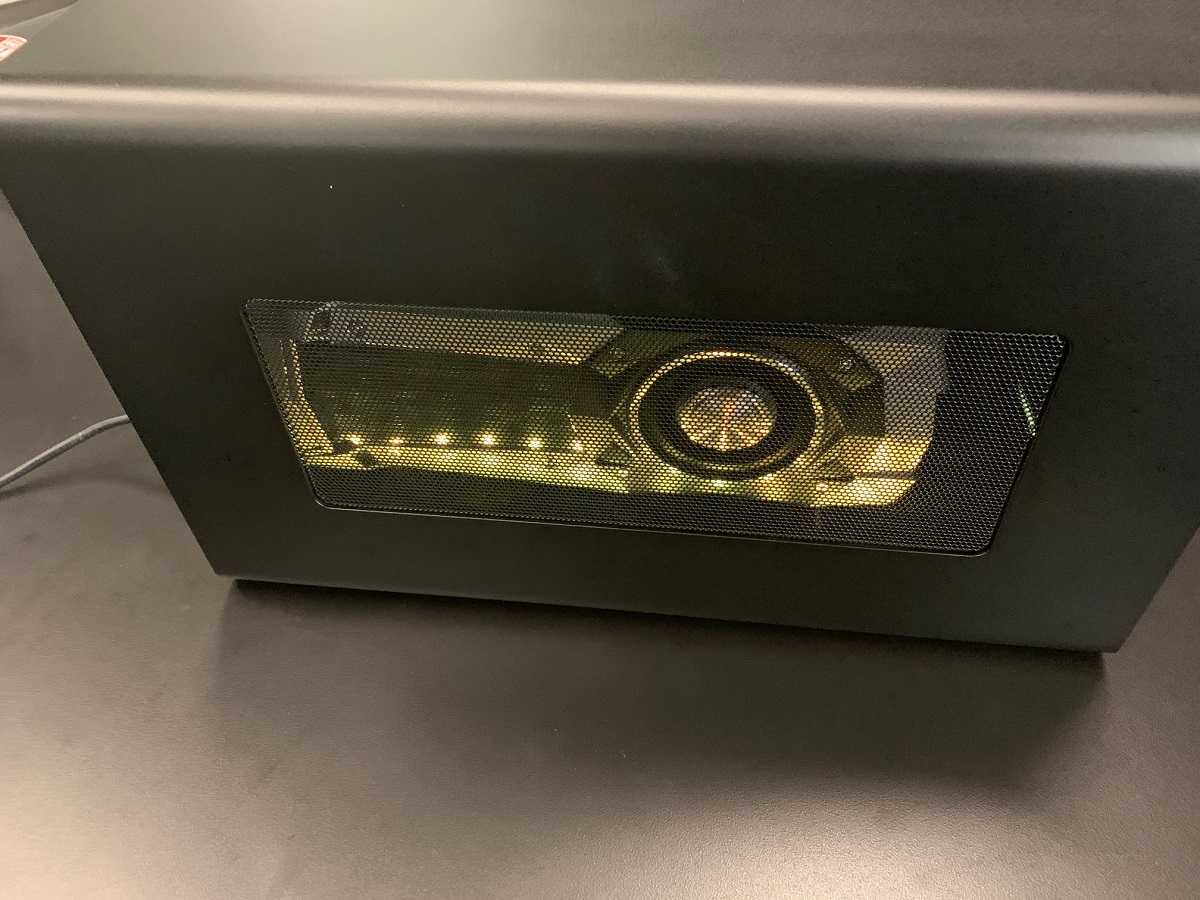Razer is carving out a new niche in the graphics enclosure market with the debut of the Razer Core X Chroma, which can turn a laptop into a pretty mean game graphics device.
It costs $400, and it enables you to add the power of two graphics cards (sold separately) to boost the power of a laptop connected via cable to the enclosure. Razer says it will supercharge any Windows laptop or Macbook with high-powered graphics performance.

Unlock premium content and VIP community perks with GB M A X!
Join now to enjoy our free and premium membership perks.
![]()

![]()